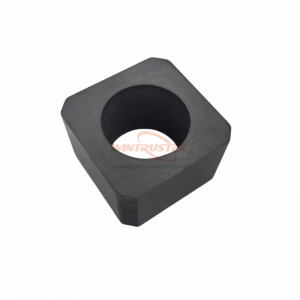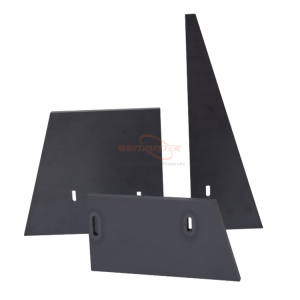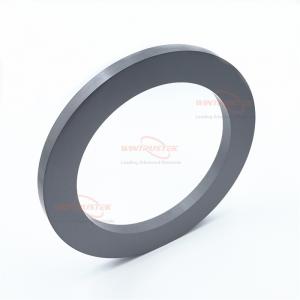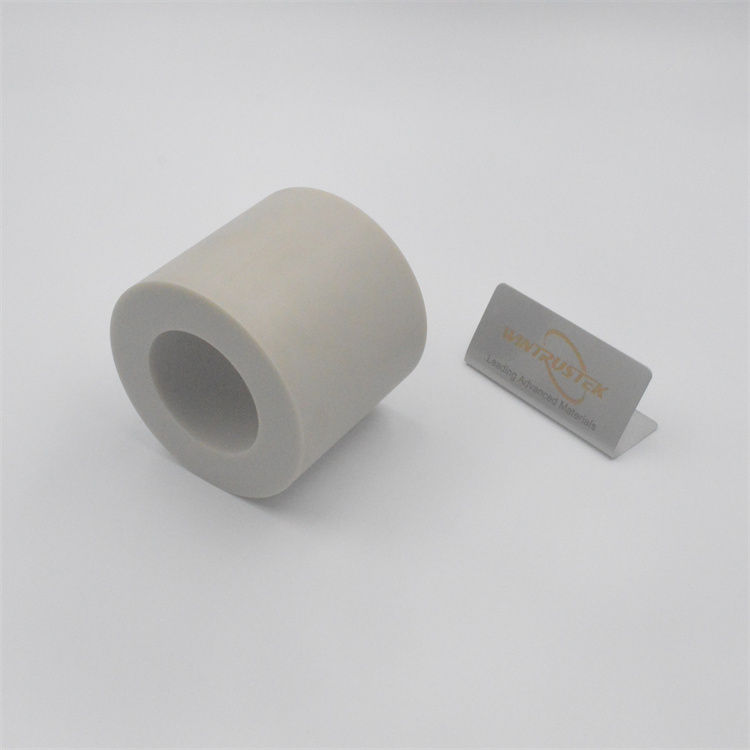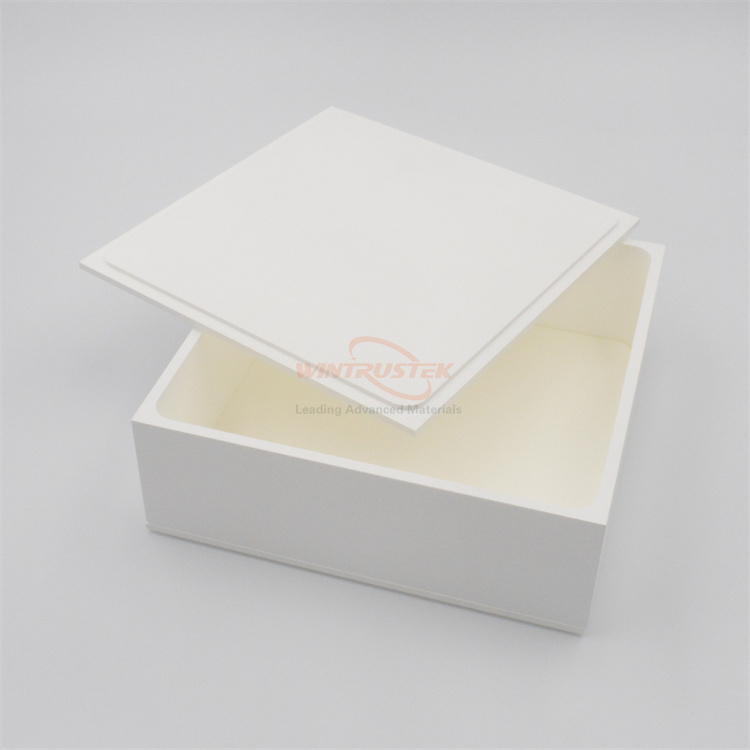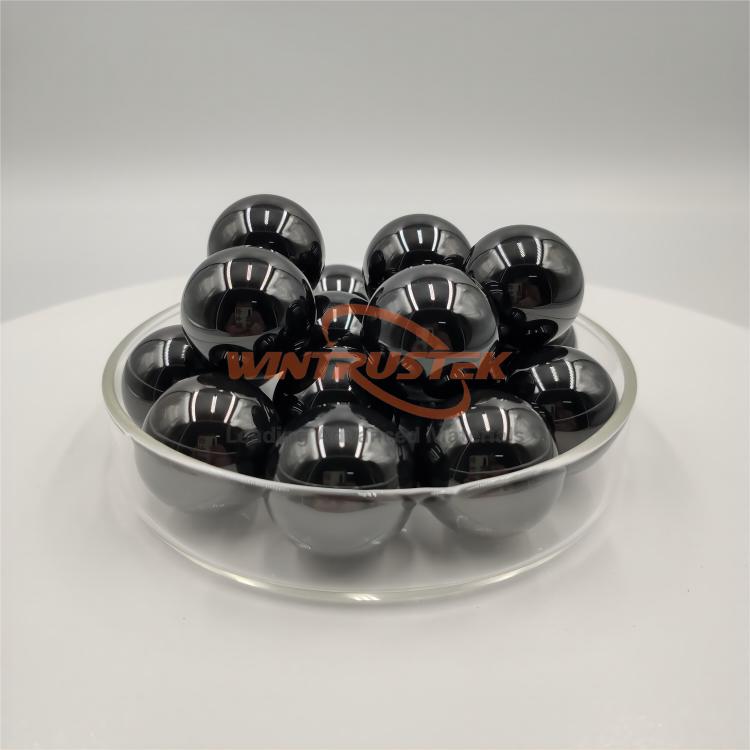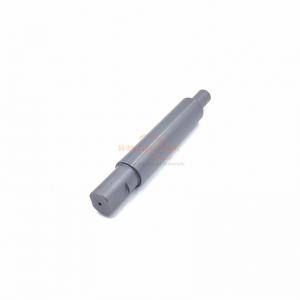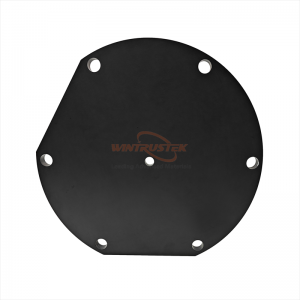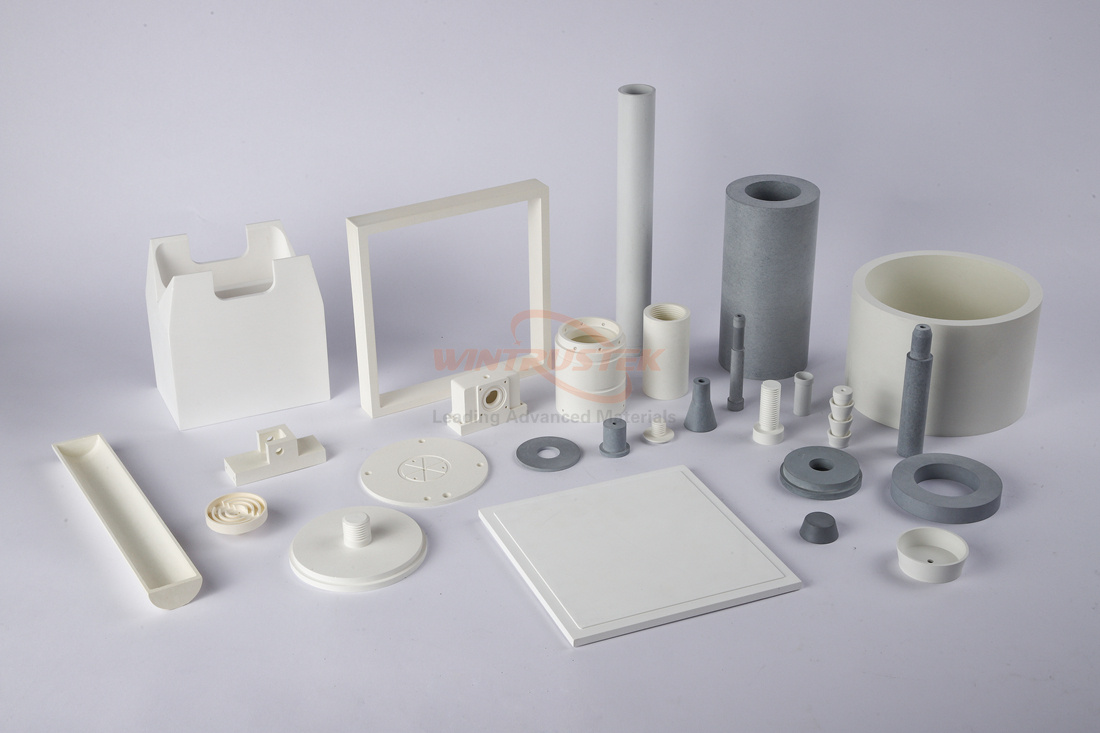
(Hot Press Sintering Ceramic Produced by Wintrustek)
In essence, hot press sintering is a high-temperature dry pressing procedure. Even while its precise shapes vary, the basic procedure is essentially the same: the powder is filled into a mold, pressure is applied to the powder using upper and lower punches while it is heated, and simultaneous forming and sintering is achieved.
Bearings, gears, seals, and other items needed in a variety of industries can be produced by hot press sintering. Materials including ceramics, metal powders, polymer powders, and composites that are challenging to sinter using conventional techniques are especially well-suited for the procedure. Hot press sintering can create metal powders or composite materials with a higher density than pressureless sintering.
Advantages:
High strength and durability
Better mechanical qualities
Accurate dimensional control
Improved surface finish
Reduced production costs
Reduced sintering time
The advantage of hot press sintering compared to pressureless sintering:
In addition to lowering the forming pressure, simultaneous heating and pressurization can also lower the sintering temperature, minimize the sintering time, and prevent grain growth. High density, fine grains, and superior mechanical and electrical qualities are typical characteristics of the final products. More significantly, hot press sintering can create ultra-high-purity ceramic products without the need for sintering or forming additives. Hot press sintering can also accomplish densification for certain ceramic materials, such as carbides, borides, and nitrides, that are challenging to densify under pressureless sintering conditions.
Common ceramic materials produced by hot press sintering:
1. Hot Pressed Boron Nitride
Powder is poured into a mold, then pressed and sintered to create hot pressed boron nitride. It has outstanding lubrication, high temperature stability, and electrical insulating qualities. It can also retain its lubricity and inertness at very high temperatures. Although hot pressed boron nitride has a low mechanical strength and resistance to wear, it has a large heat capacity, exceptional dielectric strength, great thermal conductivity, and ease of processing. Because it can tolerate temperatures above 2000°C in an inert atmosphere, boron nitride is a perfect high-temperature thermally conductive insulator.
Wintrustek employs advanced vacuum hot-pressing sintering technology to ensure the material's superior mechanical, chemical, electrical, and thermal qualities. We provide premium hot-pressed boron nitride goods, such as BN ceramic crucibles, plates, machined parts, rods, tubes, insulators, nozzles, etc., at affordable costs. We can still provide BN composites ceramic, including ZRBN, SNBN, ALBN, and SCBN, in addition to the high pure BN to meet a variety of customer needs.
2. Hot Pressed Boron Carbide B4C
Hot pressing is the process of compacting B4C powder into dense, formed components by applying pressure and heat simultaneously. Hot pressing, as opposed to pressureless sintering, improves grain bonding and reduces porosity, producing components with increased strength and better neutron attenuation.
A high-performance ceramic substance called boron carbide (B4C) is necessary for nuclear systems’ neutron shielding. B4C is produced by hot press sintering and has a consistent microstructure, excellent mechanical strength, and density that is almost theoretical. In high-radiation settings like reactors, fuel storage facilities, and nuclear transport systems, these characteristics are essential for both structural integrity and shielding efficacy.
Nuclear System Applications:
Absorbers for control rods
Shielding blocks for reactor cores
Beamline neutron collimators
Spent fuel and transport shielding
3. Hot Pressed Silicon Nitride Si3N4
Si3N4 powder and sintering additives (e.g., MgO, Al2O3, MgF2, CeO2, Fe2O3, etc.) are sintered at pressures of 1916 MPa or higher and temperatures of 1600°C or higher. By applying heat and pressure in one direction, the hot press sintering method allows for shaping and sintering at the same time, which can speed up how tightly packed and organized the material becomes.
Compared to Si3N4 sintered by conventional methods, Si3N4 ceramics have better mechanical qualities, including high density, high strength, and a short production time.
4. Hot Pressed Cerium Boride CeB6
Cerium Boride is a refractory ceramic substance that is also known as cerium hexaboride or CeB6. It is stable in a vacuum and possesses one of the greatest known electron emissivities and a low work function. As a result, cerium hexaboride is mostly used in hot cathode coatings or hot cathodes composed of cerium hexaboride crystals.
It has characteristics like stability in a vacuum, high electron emissivities, and a low work function.
5. Hot Pressed Lanthanum Hexaboride LaB6
Lanthanum hexaboride (LaB6) is an inorganic chemical with exceptional characteristics. This dark purple refractory ceramic material is insoluble in water and hydrochloric acid and has exceptional stability in hostile chemical and vacuum environments.
Lanthanum Boride (LaB6) is often made using hot press sintering, mainly due to its high melting point and excellent ability to emit electrons when heated.
The process of producing it:
Raw Material-Powder Mixing-Compaction-Hot Press Sintering-Cooling and Finalization- Quality Control and Testing
Wintrustek typical ceramic materials available for Hot pressing(HP) sintering process:
Oxide Ceramics: Al2O3, ZrO2;
Nitride Ceramics: AlN, BN, Si3N4;
Boride Ceramics: CeB6, LaB6, TiB2;
Carbide Ceramics: B4C, SiC.







